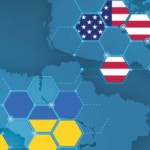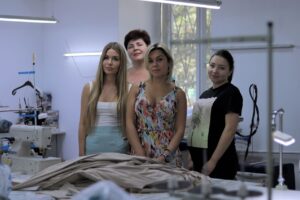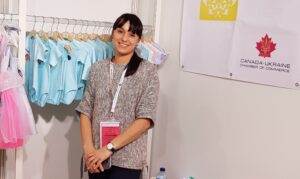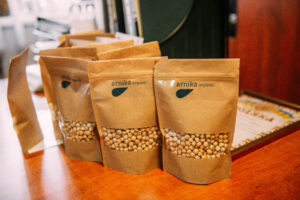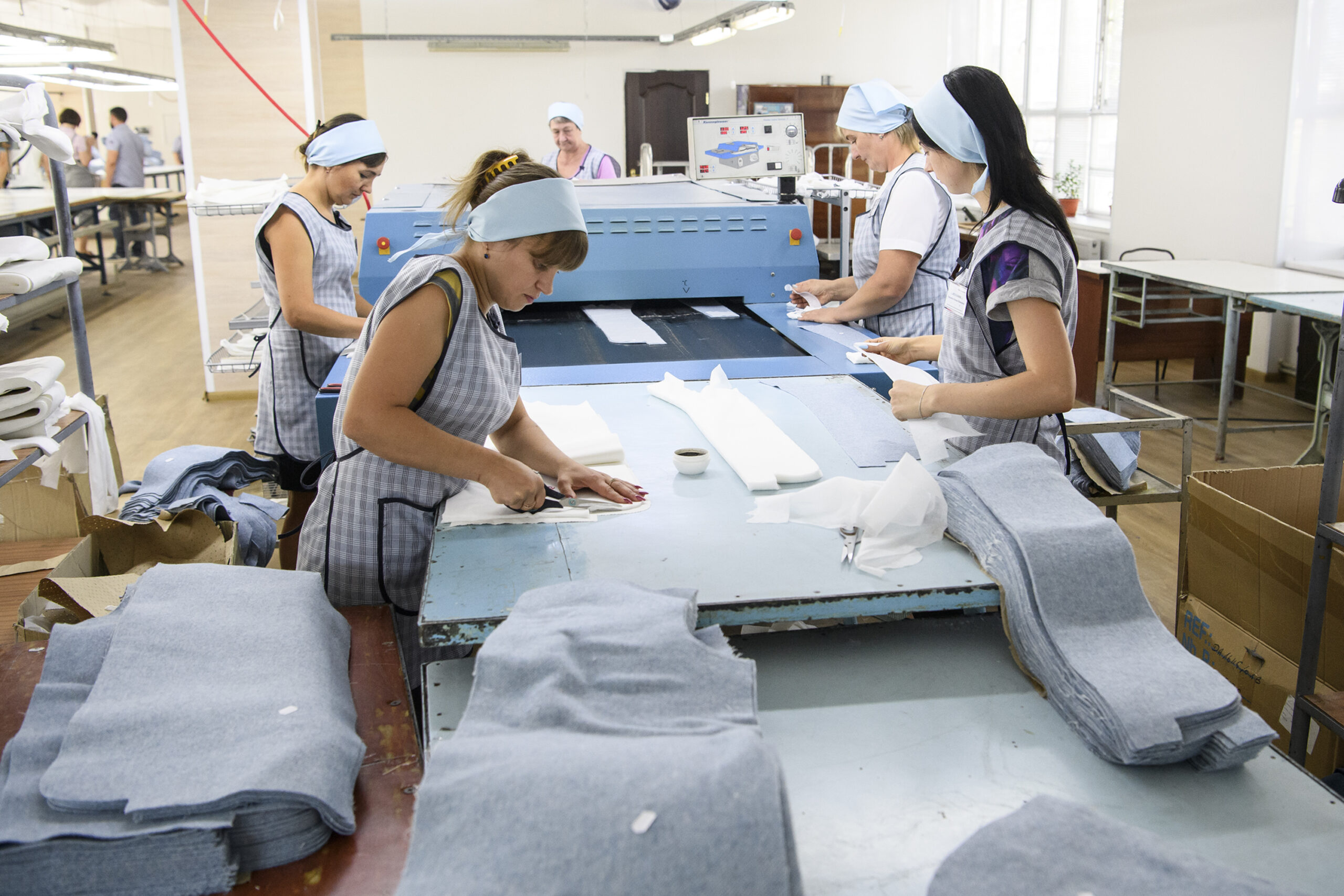
Do you know what the stylish uniform of the renewed Ukrainian police and a trendy colorful women’s coat have in common? Both of them are sewn by OLTEKS, a leading Ukrainian apparel manufacturer that has more than 20 years of successful experience both on Ukrainian and foreign markets.
OLTEKS specializes in the production of outerwear. Such as coats, jackets, raincoats and more. Production of the so-called costume group – pants, blazers, skirts, and dresses is also actively developing.
The company consists of two garment factories – one in Skvyra, Kyiv Region, and in Pryluky, Chernihiv Region. The company’s production capacity allows to sew up to 15 thousand coats or 10 thousand jackets per month.

Like in most Ukrainian light industry companies, the team’s core (over 90%) are women. The company is headed by a woman, Anna Oharenko, who has managed to assemble a unique team of specialists with years of experience in the industry.
Export development
The company does not have its own brand known to Ukrainian consumers. It used to have a chain of retail stores, but in 2008 it decided to abandon this direction due to the crisis in the country and non-profitability of this line of business, and focus instead on the production of clothing by the customers’ orders.
For the last several years, OLTEKS has been actively engaged in export development. The company’s products are being sold in France, Germany, Poland, Sweden, the Netherlands and more.
The company cooperates with foreign clients both under the give-and-take scheme and sews clothes under private label.
According to her, the volume of private label orders to the European market is still small, but there is a positive trend. “We have reliable partners that we have been working with for several years”, Ms. Ter-Minasyan continues.
Canada. First contact
OLTEKS products are not currently available in North America, but the company is very interested in this region. That is why the company has decided to join the U CAN Export program implemented by the CUTIS project to support exports to Canada.
The company enters the Canadian market with outerwear, primarily, coats, because, as it was mentioned, its factories have been specializing in this group of garments for many years.
“We believe that our products have every chance of attracting potential partners from Canada. Many years of experience, good quality plus reasonable prices due to the absence of import duties on Ukrainian products are our strengths in the Canadian market”, says Ms. Larysa Ter-Minasyan.
On August 1 – 7, 2019, OLTEKS, along with six other Ukrainian clothing manufacturers, visited Canada as part of the Apparel Mission organized by the CUTIS project. The mission took place in two cities – Toronto and Montreal.
All members of the mission were selected by Canadian Apparel TFO expert, Maria Guzman. First of all, preference was given to women-owned businesses that are working to implement environmental certification. All selected companies have undergone training and coaching to understand the intricacies of exports of Ukrainian-made garments to Canada.

“The program in Canada was very intensive. Already on the first day, we had meetings with two buyers and explored the market. In total, we met with representatives of seven Canadian companies throughout the mission. For us, this is was the first experience of this kind, and it was a pleasure to feel the full support of the CUTIS project”, says Larysa.
Participants of the mission had a different number of meetings depending on the specifics of their products. The companies not only presented samples but also discussed specifics of the business, production facilities, team, certification, etc.
Myths busters
In addition to business meetings, an important part of the trade mission was to become more familiar with the specifics of the Canadian clothing and textile market.
“In Canada, we immediately felt the difference not only with Ukrainian but also with European markets. It was important to walk through the malls and see what products are being sold in the stores, what clothes Canadians wear, what they prefer. All this new knowledge helps to negotiate with buyers because you can understand much better what samples should be presented in the first place and what may be more preferable”, Larysa reflects.
The main conclusion is that Ukrainian companies need to adapt their products to the demands of Canadian consumers. Moreover, success in Europe does not mean that your clothes will be bought in Canada “like hot cakes”.
What should be the focus?
First, it is the model range and color scheme. In Ukraine, for example, women prefer brighter and more individual models, plus natural materials. In Canada, softer colors are chosen, and the issue of natural fabric is not that important. Convenience, lightness, and practicality of the product are on the first place. Heavy natural coats and outerwear are not much preferred by Canadians.

The second “destroyed myth” is a focus on warmer clothes. “We thought that because of the climate in Canada, warmer insulated coats should have an increased demand. But they do not. When it is cold Canadians prefer down jackets, while a coat is more of a warm autumn cape”, says Larysa.
And of course, the importance of the regional factor. Consumer preferences in Toronto and Montreal, that is, in anglophone and francophone parts of Canada, are significantly different.
“We felt that the requirements of Montreal buyers are different from those of Toronto companies. They are much closer to those of our French partners. Given the successful experience of working with France, this is a definite advantage for us. Buyers from Montreal opted for more elegant models and brighter colors”, Larysa continues.
What next?
OLTEKS is pleased with the results of its trade mission to Canada. “We want to develop a private label business, so we are interested in new partners from different countries including Canada. We see great potential in this market. At this stage, it’s important for us to do an excellent “homework” by adapting our products to the specific needs of Canadian customers”, says Larysa.
Communication with Canadian buyers goes on. “We continue our dialogue with potential Canadian partners. For some, we are now calculating the price and shipping cost for the models they are interested in, while for others, we are sewing test samples. We understand that Canada is not an easy market and many contracts cannot be concluded at once”, continues Ms. Ter-Minasyan.
According to her, the company is extremely interested in concluding its first contract, successfully executing it and positioning itself well on the Canadian market. Even if the volume of this contract is not that large.
“We are not set up for a one-time contract, we want to find a client, or even better a few ones, with whom we can work long and fruitfully”, she sums up.


